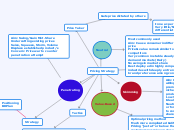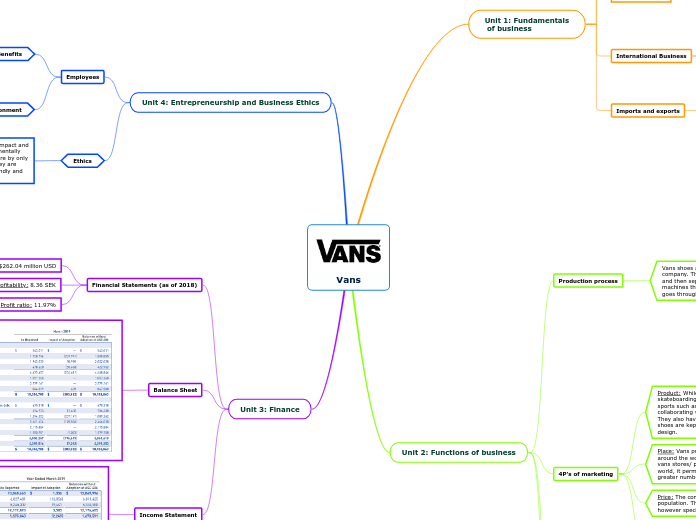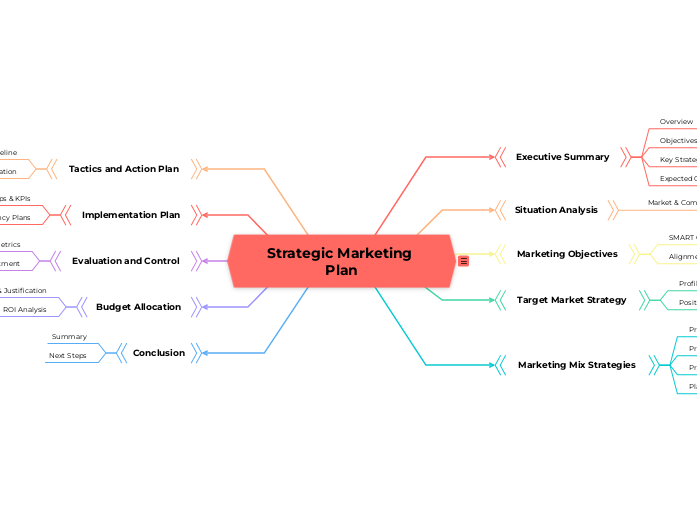Pricing Strategy
pricing structure
Approaches to adaptation
Geographical pricing
Price discounts/Trade allowances
Promotional pricing
Special-event/Seasonal pricing
Product-mix based pricing
Price-setting logic must be modified when, the product is part of a product mix. In this case, the firm searches for a set of prices that maximizes profits on the total mix. Pricing is difficult because the various products have demand and cost interrelationships and are subject to different degrees of competition. We can distinguish six situations involving product-mix pricing: product-line pricing, optional-feature pricing, captive-product pricing, two-part pricing, by-product pricing, and product-bundling pricing.
Product line Pricing – Companies normally develop product lines rather than sin-gle products and introduce price steps. In many lines of trade, sellers use well-established price points for the products in their line. A men’s clothing store might carry men’s suits at three price levels: Rs800, Rs.1500, and Rs.4500. Customers will associate low-, average-, and high-quality suits with the three price points. The seller’s task is to establish perceived-quality differences that justify the price differences.
Optional-feature pricing – Many companies offer optional products, features, and services along with their main product. The automobile buyer can order electric window controls, defoggers, light dimmers, and an extended warranty. Pricing is a sticky problem; automobiles companies must decide which items to include in the price and which to offer as options. Restaurants face a similar pricing problem. Customers can often order liquor in addition to the meal. Many restaurants price their liquor high and their food low. The food revenue covers costs, and the liquor produces the profit. This explains why servers often press hard to get customers to order drinks. Other restaurants price their liquor low and food high to draw in a drinking crowd.
Captive-product pricing – Some products requires the use of ancillary, or captive, products. Manufacturers of razors and cameras often price them low and set high markups on razor blades and film, respectively. A cellular service operator may give a cellular phone free if the person commits to buying two years of phone service.
Two-part pricing – Service firms often engage in two-part pricing, consisting of a fixed fee plus a variable usage fee. Telephone users pay a minimum monthly fee plus charges for calls beyond the minimum number. Amusement parks charge an admission fee plus fees for rides over a certain minimum. The service firm faces a problem sin1ilar to captive -product pricing-namely, how much to charge for the basic service and how much for the variable usage. The fixed fee should be low enough to induce purchase of the ser-vice; the profit can then be made on the usage fees.
By-product pricing – The production of certain goods- meats, petroleum prod-ucts, and other chemicals-often results in by-products. If the by-products have value to a customer group, they should be priced on their value. Any income earned on the by-products will make it easier for the company to charge a lower price on its main product if competition forces it to do so.
Product-Bundling pricing – Sellers often bundle products and features. Pure bundling occurs when a firm only offers its products as a bundle. In mixed bundling, the seller offers goods both individually and in bun-dles. When offering a mixed bundle, the seller normally charges less for the bundle than if the items were purchased separately. An auto manufacturer might offer an option package at less than the cost of buying all the options separately. A theater company will price a season subscription at less than the cost of buying all the performances sepa-rately. Because customers may not have planned to buy all the components, the savings on the price bundle must be substantial enough to induce them to buy the bundle.
Discriminatory pricing
Companies often adjust their basic price to accommodate differences in customers, products, locations, and so on. Price discrimination occurs when a company sells a product or service at two or more prices that do not reflect a proportional difference in costs. In first-degree price discrimination, the seller charges a separate price to each customer depending on the intensity of his or her demand. In second-degree price discrim-ination, the seller charges less to buyers who buy a larger volume. In third-degree price discrimination, the seller charges different amounts to different classes of buyers, as in the following cases:
Customer-segment pricing – Different customer groups are charged different prices for the same product or service. For example, museums often charge a lower admission fee to students and senior citizens.
Product-form pricing – Different versions of the product ‘are priced differently but not pro-portionately to their respective costs
Image pricing – Some companies price the same product two different levels based on image differences at. A perfume manufacturer can put the perfume in one bottle, give it a name and image, and price it at Rest. 50. It can put the same perfume in another bot-tle with a different name and image and price it at Rs.200.
Channel pricing – Coca-Cola carries a different price depending on whether it is purchased ill a fine restaurant, a fast-food restaurant, or a vending machine.
Location pricing – The same product is priced differently at different locations even though the cost of offering at each location is the same. A theater varies its seat prices according to audience preferences for different locations.
Time pricing – Prices are varied by season, day, or hour. Public utilities vary energy rates to commercial users by time of day and weekend versus weekday. Restaurants charge less to “early bird” customers. Hotels charge less’ on weekends. Hotels and airlines use yield pricing, by which they offer lower rates on unsold inventory just before it expires. Coca-Cola considered raising its vending machine soda prices on hot days using wireless technology, and lowering the price on cold days. However, customers so dis-liked the idea that Coke abandoned it.
For price discrimination to work, certain conditions must exist. First, the market must be segment able and the segments must show different intensities of demand. Second, members in the lower-price segment. Must not be able to resell the product to the higher-price segment. Third, competitors must not be able to undersell the firm in the higher-price segment. Fourth, the cost of segmenting and policing the market must not exceed the extra revenue derived from price discrimination. Fifth, the practice must not breed customer resentment and ill will. Sixth, the particular form of price discrimination must not be illegal.
As a result of deregulation in several industries, competitors have increased their use of discriminatory pricing. Airlines charge different fares to passengers on the same flight, depending on the seating class; the time of day (morning or night coach); the day of the week (workday or weekend); the season; the person’s company, past business, Of status (youth, military, senior citizen); and so on. Airlines are using yield pricing to cap-ture as much revenue as possible.
Computer technology is making it easier for sellers to practice discriminatory pric-ing. For instance, they can use software that monitors customers’ movements over the Web and allows them to customize offers and prices. New software applications, how-ever, are also allowing buyers to discrimi-nate between sellers by comparing prices instantaneously.
Warranties and service contracts
Low-interest financing
Longer/Easier payment terms
Cash rebates
loss-leader
Widely used in retail or by intermediaries.
Not liked by OEMs
determinants
Geographical demand
Geographical costs
Market-segment requirements
Purchase timing
Specified order levels
Delivery frequency
Guarantees, service contracts, and warranties
Competitor discounts, allowances, and promotional support
Constant level of profit from each unit of a product sold is usually not possible
Tactics
Improve profitability or as promotion
Strategy
Positioning
BD Plan
Price Taker
Gets price dictated by others
In near-perfect market conditions
Very little/Non-existant differentiation
Skimming
Aim: Get customers willing to pay a premium for a niche/quality product/service
Low Vol. High Margin
Ideal to mix with Neutral Sporadically or for older products to command market share
Neutral
Most commonly used
Aim : Cause consumer indifference to price
Price & value remain similar to competitors
Very common in stable steady demand markets (Dairy)
No swings in market share
Best deployed in highly competitive industries with deeply entrenched brand preference among consumers
Value-Based
Optimal pricing method
Much more complicated & difficult to implement
Pricing "just at" or below the value your customers perceive and are willing to pay
Products that are extremely cheap to produce
Follows traditional cost-plus method
Big Data Analysis: Extensive & Intensive Consumer research for accurate Value-Based Price
Penetrating
Aim: Swing/Gain Mkt. Share
Undercutting existing prices
Seize, Squeeze, Storm, Volume
Displace established product/s
Concern: Price war to counter penetration attempt









